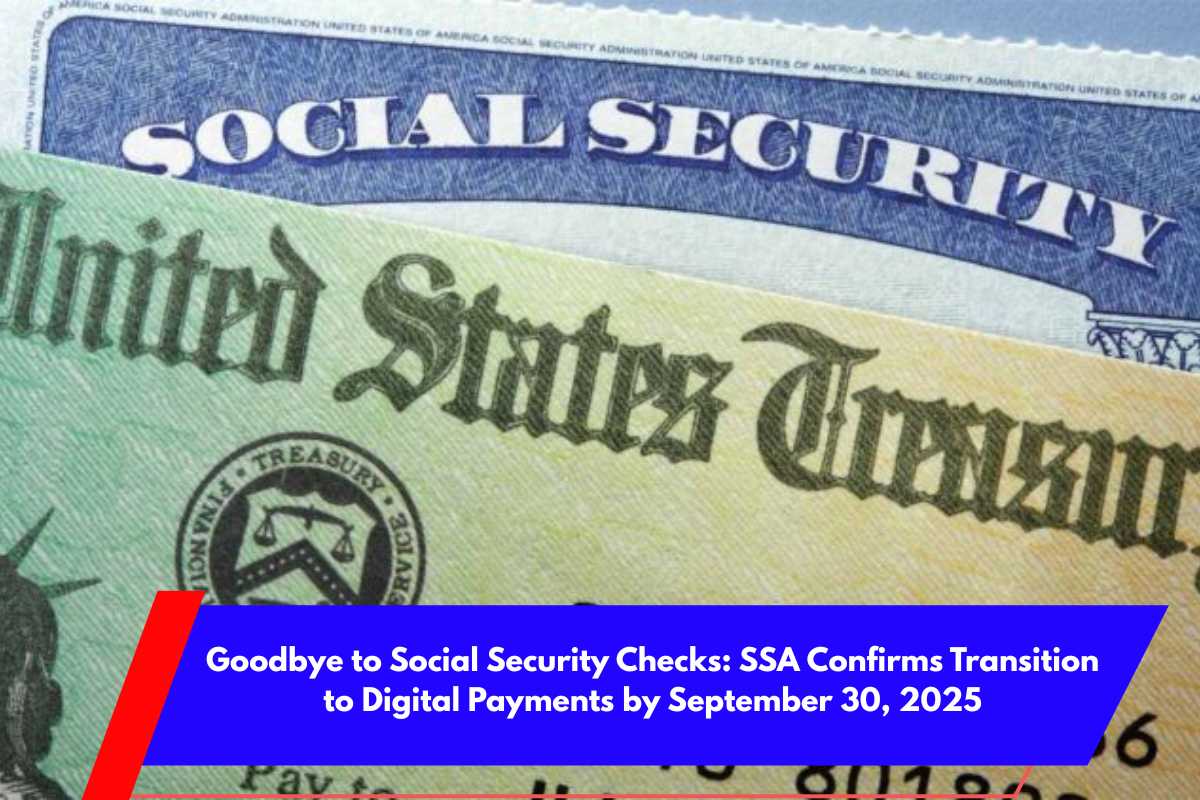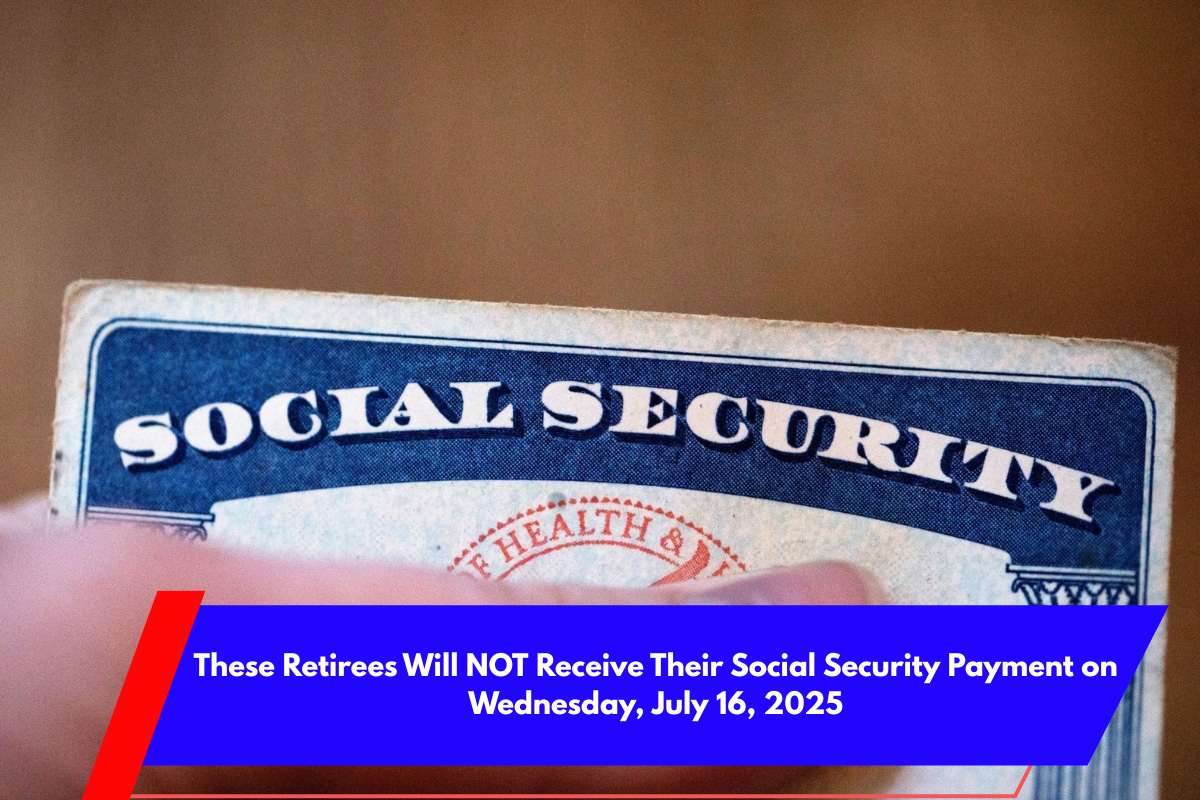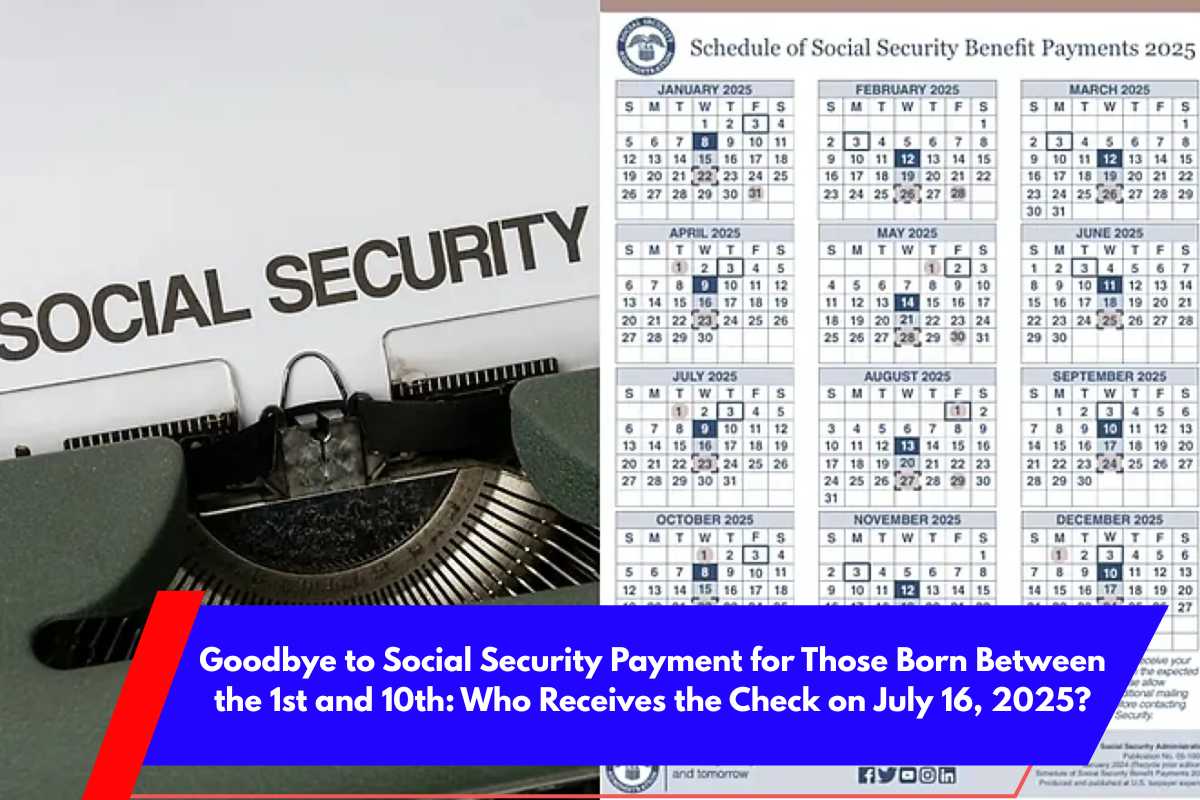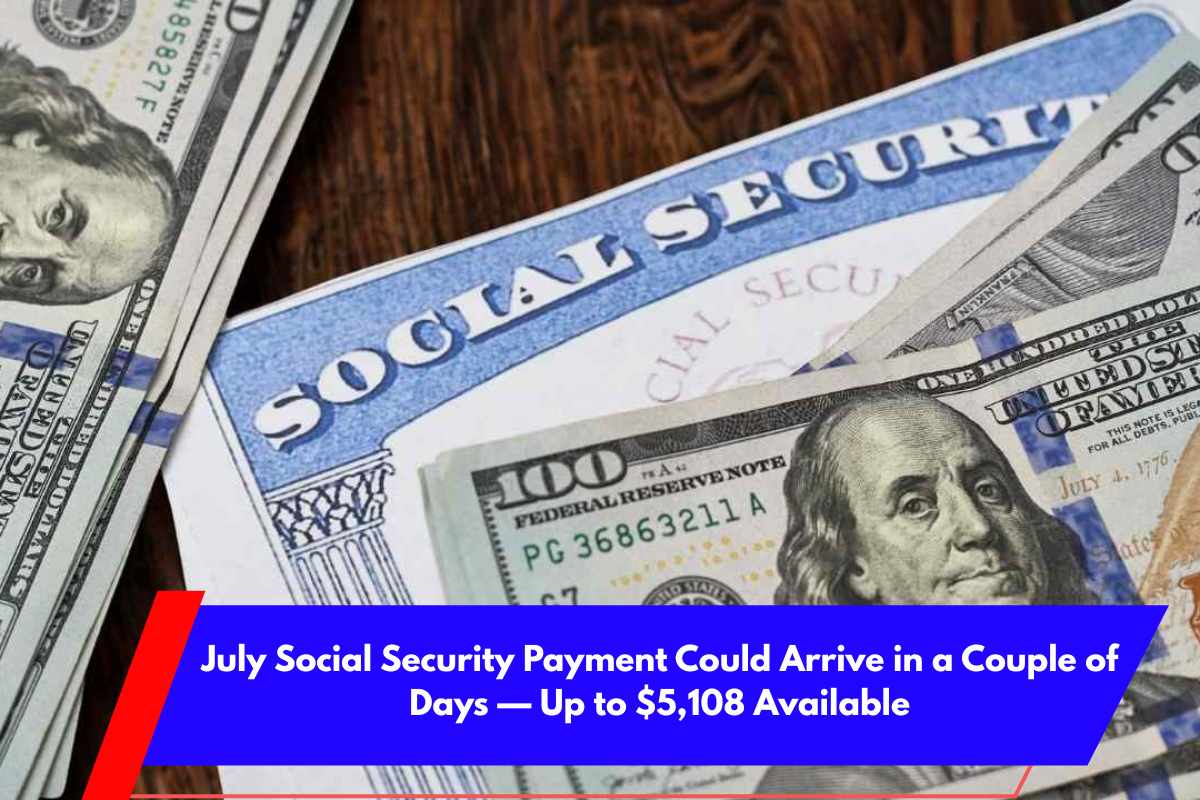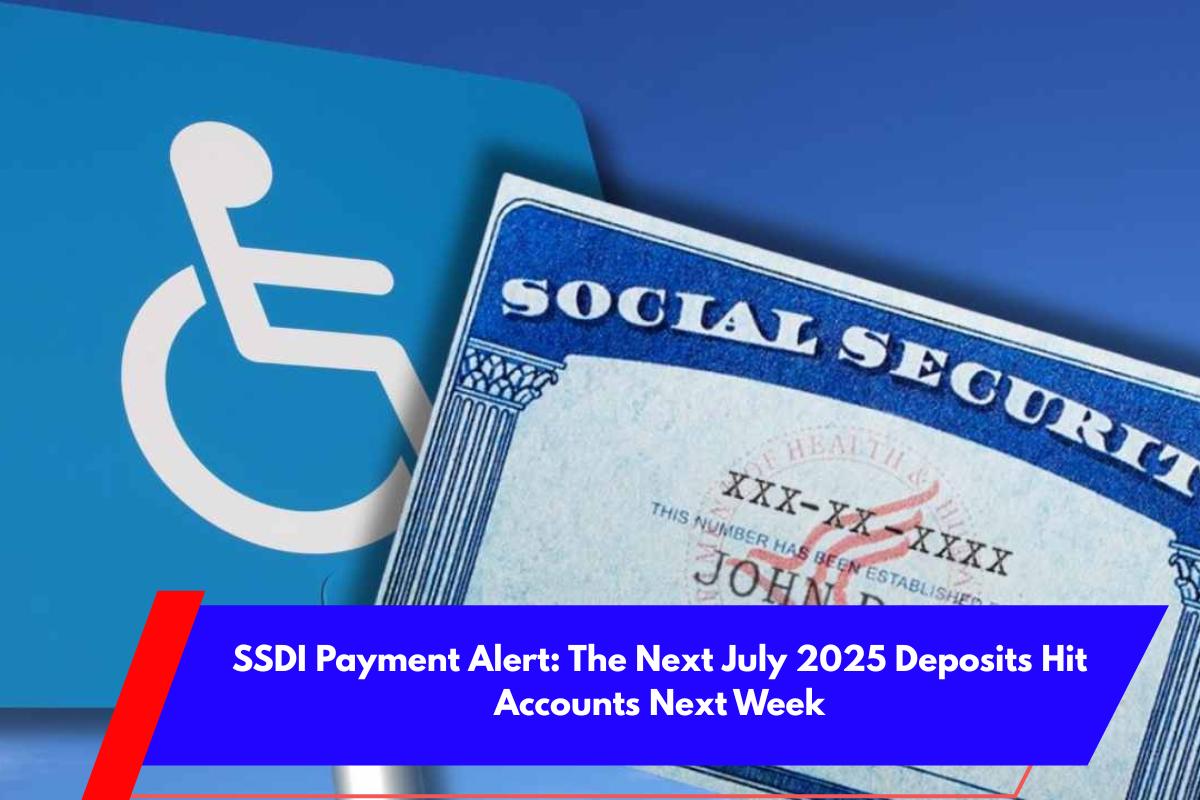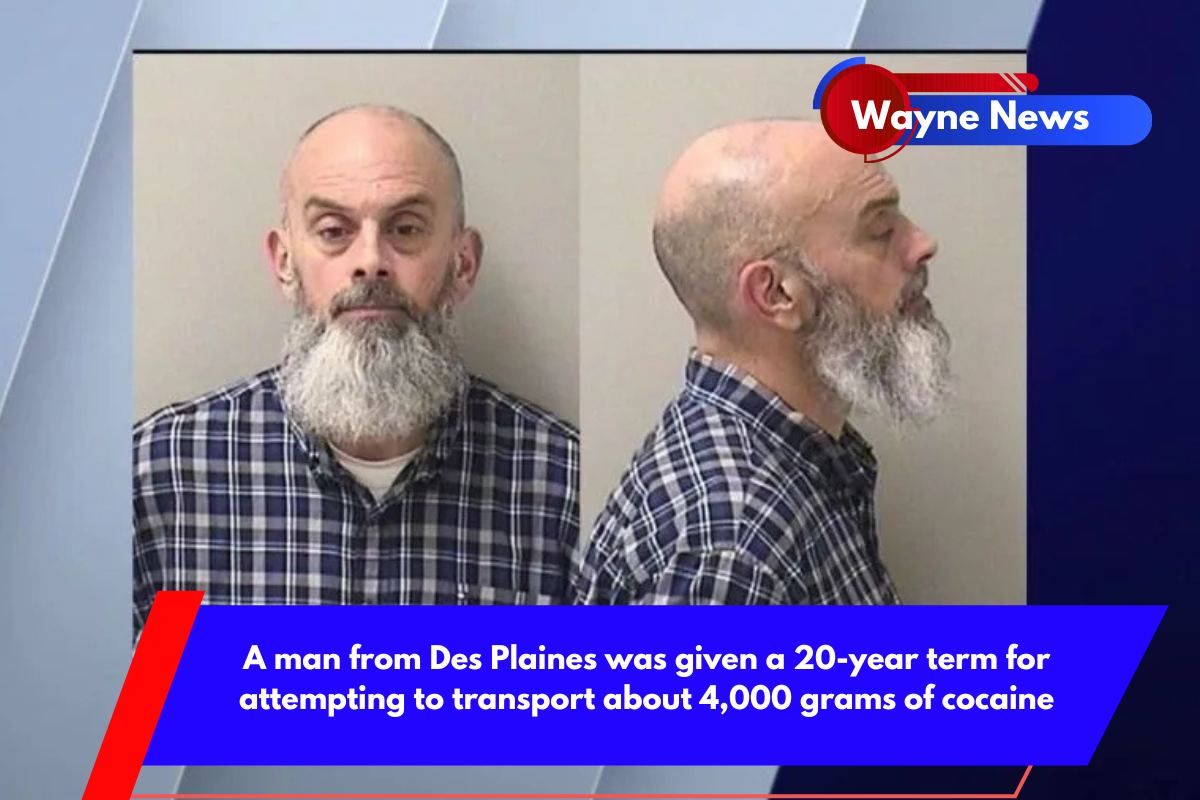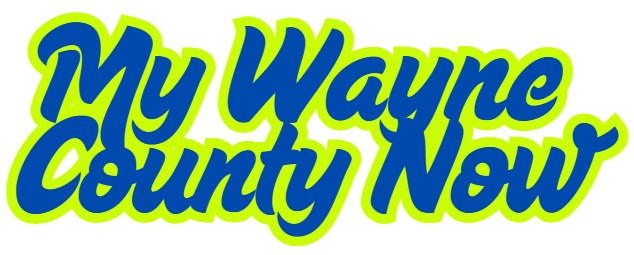A major shift is underway in how Social Security and other federal benefits are paid out. The U.S. government has confirmed that it will end paper-based payments and transition all federal disbursements to digital formats by September 30, 2025. This change is part of a broader effort to modernize the payment system and increase efficiency.
Why the Change?
The transition to digital payments stems from an executive order issued by President Donald Trump on March 25 titled “Modernizing Payments To and From America’s Bank Account.” The goal of this order is to streamline the payment process, reduce fraud, and modernize how federal benefits are distributed.
Digital payments, including direct deposit, debit or credit card transfers, and digital wallets, will become the standard method for receiving federal benefits. The move away from paper checks is seen as necessary due to several factors:
Security: Paper checks are more susceptible to theft or alteration. As the order states, Treasury-issued checks are “16 times more likely to be reported lost or stolen, returned undeliverable, or altered than an electronic funds transfer.”
Efficiency: Digital payments are faster and more reliable, ensuring that payments are received on time without the delays associated with mail systems.
Who Will Be Affected?
While most Social Security recipients already use direct deposit, the change will affect an estimated 500,000 Americans who still rely on traditional paper checks.
These individuals, often elderly or disabled, may not have easy access to the digital economy, making the transition more difficult for them. Additionally, many of these recipients may live in rural areas where banking services and internet access are limited.
The Federal Deposit Insurance Corporation (FDIC) reported that in 2023, about 4.2% of U.S. households, or 5.6 million households, were unbanked, meaning they do not have access to a bank account. These individuals are more likely to depend on paper-based payments and could face challenges in making the digital transition.
Concerns and Challenges
While the shift to digital payments aims to modernize the system and prevent fraud, it may leave some of the most vulnerable populations behind.
Many seniors or people with disabilities may not have the technology (like smartphones or internet access) to set up digital wallets or prepaid card systems without assistance. Advocacy groups worry that these individuals may struggle to navigate the new system.
SSA’s Plan to Help with the Transition
The Social Security Administration (SSA) is preparing to assist recipients through the transition. This includes:
Community outreach and educational resources to help recipients set up direct deposit or debit accounts.
Partnerships with banks, credit unions, and nonprofits to offer financial counseling and guide those affected in making the switch.
As the September 2025 deadline approaches, federal agencies are encouraged to develop support systems to ease the transition, particularly for those who need the most help.
